You can absolutely do it in either orientation. And technically, when you add the extra crossing, you create a half hitch!
Shibari Study Support
Berlin, Germany
Replied on Reverse Tension
Replied on Booty Basket | Loading From The Side
Replied on Doll's Bamboo Harness | Suspension Lines
Replied on Doll's Bamboo Harness | Added Support
Replied on The Raven
Replied on Third Rope | TK Tutorial & Suspension
Replied on Third Rope | Chest Harness
Replied on Scarlet Letter A | Class
Replied on Stemless Third Rope | Tasuki


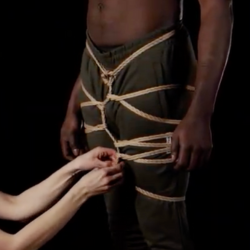
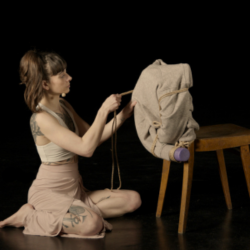
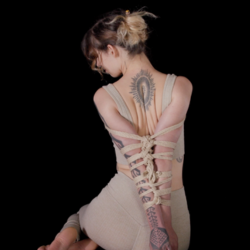
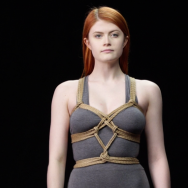
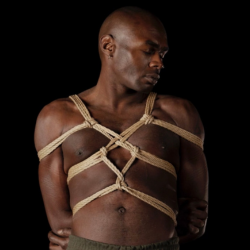
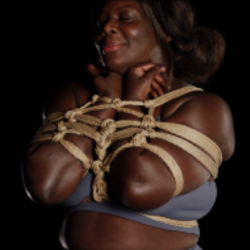
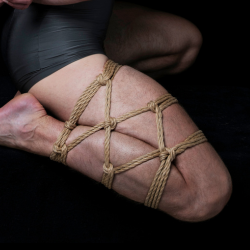
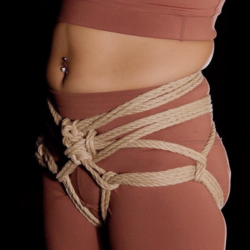
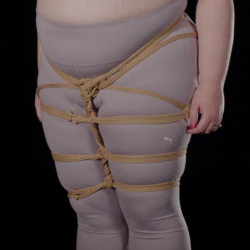
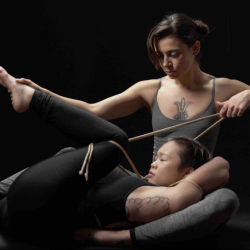

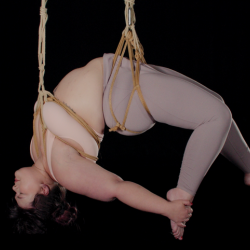
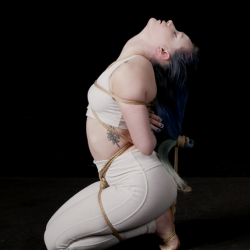
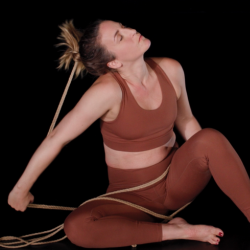
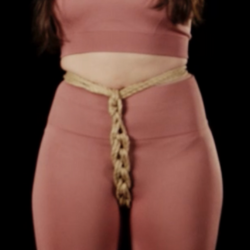
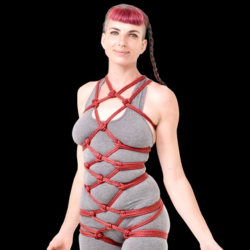



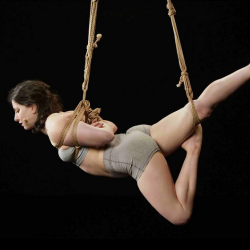
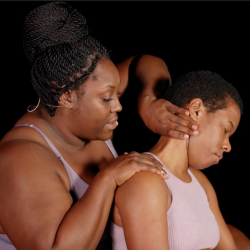
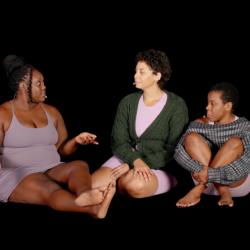
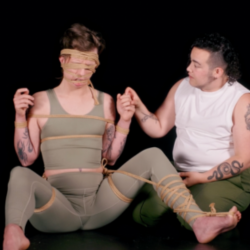
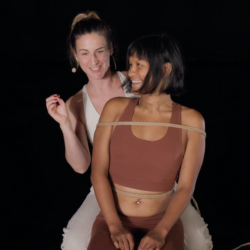
Replied on Toes & Feet Tie
15 Sep 21:12
It’s a great question! As with everything we do, there are rarely hard and fast rules like “you always do this” and “you never do that”. Or at least, as you get more advanced, some of what you may have initially learned as a rule becomes something more nuanced that you approach with a more developed risk assessment. In the first tie you see here, circulation is unlikely to be a major risk, simply because you could easily have your model lean forward and put slack into the line between their waist and toes and slip the larkshead off if it became a problem. However, you should be aware and careful about putting too much pressure on the delicate bones of the toes here. Notice that Gorgone pulls gently and waits to understand from their model if the pressure is too intense. Be careful with this specific tie making any sudden movements that could pull hard on the toes.